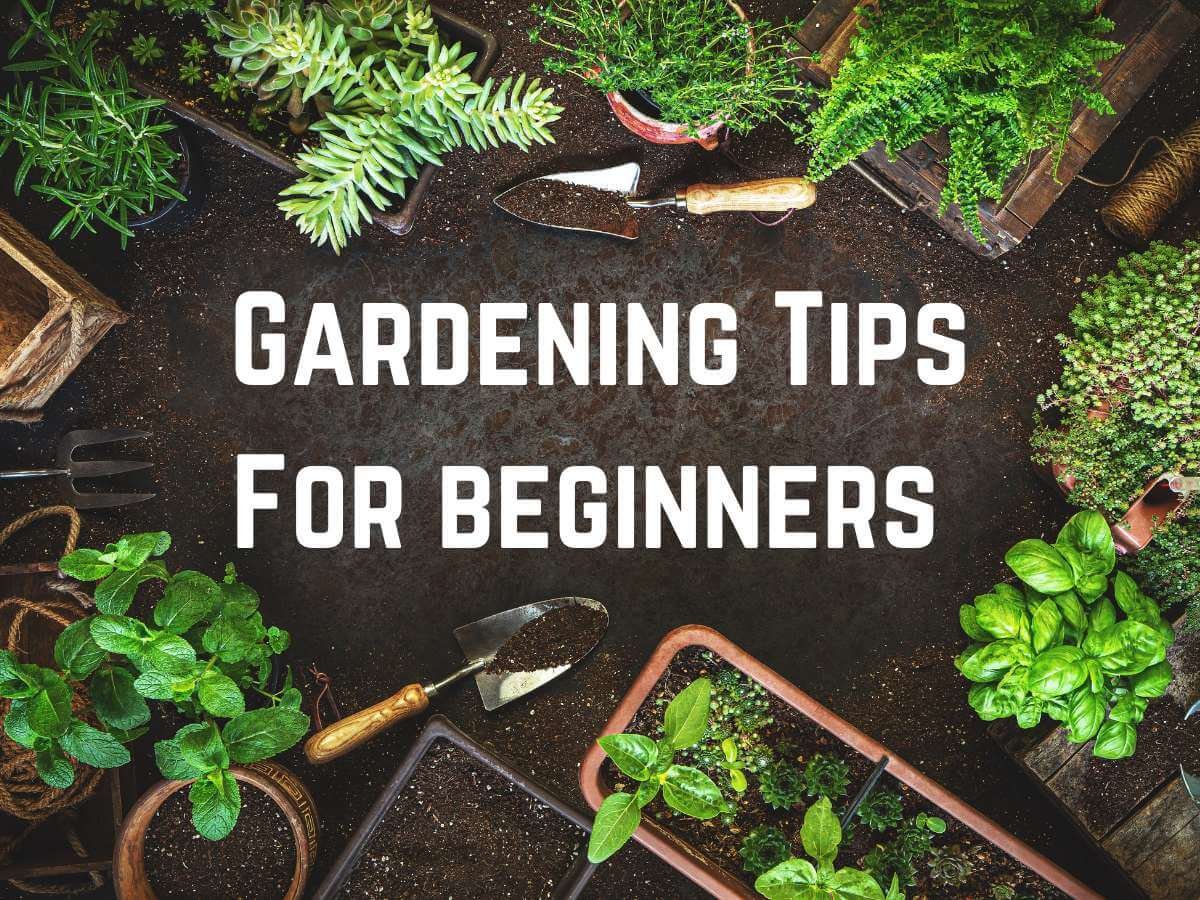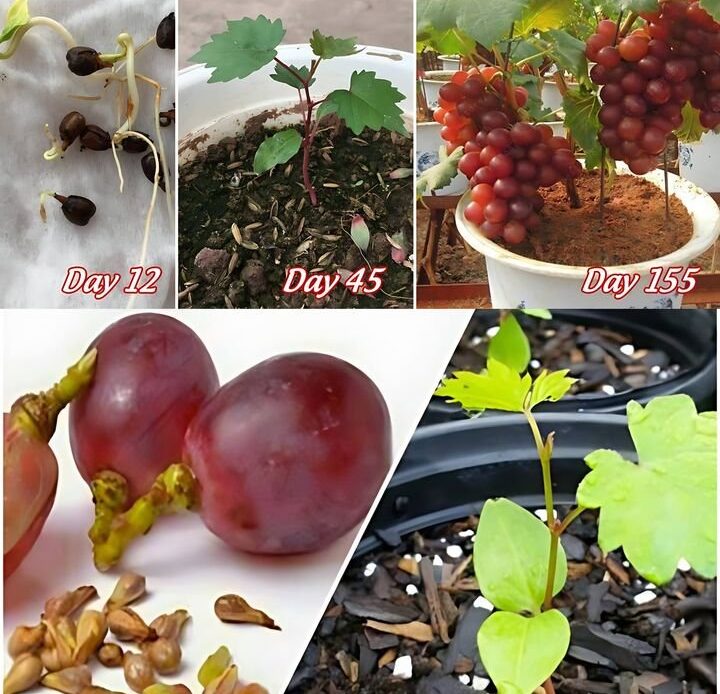Grapes are not only delicious but also a fantastic addition to any home garden. Many people believe that growing grapes requires extensive gardening knowledge, but with the right steps, you can cultivate juicy, flavorful grapes in your backyard with ease. Whether you’re interested in fresh table grapes, homemade wine, or raisins, this guide will provide a step-by-step approach to successfully growing grapes at home.
If you’ve always wanted to grow grapes but thought it was too complicated, this guide will show you just how simple it can be.
## Choosing the Right Grape Variety

The first step in growing grapes is selecting the right variety. Different types of grapes thrive in different climates, so it’s essential to choose one that suits your local conditions.
### European Grapes (Vitis vinifera)
– Best for: Wine, table grapes
– Popular varieties: Thompson Seedless, Chardonnay, Cabernet Sauvignon
– Climate: Prefers warm, dry climates with long growing seasons
### American Grapes (Vitis labrusca)
– Best for: Fresh eating, juice, jelly
– Popular varieties: Concord, Niagara, Catawba
– Climate: More cold-hardy, tolerant of humid conditions
### Hybrid Grapes
– Best for: Disease resistance, home gardening
– Popular varieties: Reliance, Mars, Seyval Blanc
– Climate: Adaptable to different growing conditions
Once you’ve selected the best grape variety for your region, the next step is to prepare the soil for planting.
## Preparing the Soil
Healthy soil is the foundation for successful grape growing. Grapevines require well-drained, nutrient-rich soil with the proper pH balance.
### Steps to Prepare the Soil
1. **Test the soil pH** – Grapes prefer slightly acidic to neutral soil, with a pH between 5.5 and 7.0. Use a soil test kit to check the pH.
2. **Amend the soil if needed** – If the soil is too acidic, add lime to raise the pH. If it’s too alkaline, add sulfur to lower it.
3. **Improve soil fertility** – Mix in organic compost or well-rotted manure to provide essential nutrients.
4. **Clear weeds and debris** – Remove any grass, weeds, or other plants from the planting area to reduce competition for nutrients.
5. **Loosen the soil** – Use a garden fork or tiller to break up the soil to a depth of 12 inches to promote good root development.
Once your soil is ready, you can move on to planting your grapevines.
## Planting Grapevines

The best time to plant grapevines is in early spring after the last frost. Grapes need plenty of sunlight and good air circulation to thrive.
### Steps for Planting Grapevines
1. **Choose a sunny location** – Grapevines need at least 6-8 hours of direct sunlight per day.
2. **Install a support structure** – Grapes grow best with a trellis, arbor, or fence for support. Set this up before planting.
3. **Dig planting holes** – Space the holes **6-10 feet apart** to allow the vines enough room to grow.
4. **Plant the vines** – Place each vine in the hole, spread out the roots, and cover with soil, keeping the graft union slightly above the soil line.
5. **Water thoroughly** – After planting, give the vines a deep watering to help them establish.
With the grapevines planted, the next step is to take proper care of them to ensure healthy growth.
## Caring for Grapevines
Proper care throughout the growing season will lead to a bountiful harvest. Grapes require regular watering, fertilizing, pruning, and protection from pests and diseases.
### Watering Grapevines
– **New vines** – Water deeply once a week to encourage root growth.
– **Established vines** – Water only during dry periods, as grapes don’t need excessive moisture.
### Fertilizing Grapevines
– **First-year vines** – Avoid fertilizing, as this can encourage excessive leaf growth instead of root development.
– **Established vines** – Use a balanced fertilizer in early spring before new growth begins.
### Pruning Grapevines
Pruning is one of the most important steps in grapevine care, as it helps control growth, maximize fruit production, and maintain plant health.
– **First year** – Focus on establishing a strong trunk and framework for future growth.
– **Second year and beyond** – Prune annually to remove up to **90% of the previous year’s growth**, leaving only strong canes for fruit production.
### Managing Pests and Diseases
Grapes can be affected by various pests and diseases, including aphids, powdery mildew, and fungal infections.
– **Monitor regularly** for signs of damage or disease.
– **Use organic or chemical controls** as needed, such as neem oil for pests or sulfur-based sprays for mildew prevention.
By following these care practices, your grapevines will be well on their way to producing a healthy crop.
## Harvesting Grapes

Grapes are typically ready for harvest in **late summer to early fall**, depending on the variety. The best way to determine ripeness is by tasting the fruit, as grapes do not continue to ripen after being picked.
### Steps for Harvesting Grapes
1. **Taste for ripeness** – Check for sweetness and full color before harvesting.
2. **Pick in the morning** – Harvesting early in the day helps retain the best flavor and freshness.
3. **Use clean, sharp shears** – Cut grape clusters carefully to avoid damaging the plant.
4. **Handle gently** – Avoid bruising the grapes by placing them in shallow containers.
With your fresh grapes harvested, you can now enjoy them in a variety of ways.
## Enjoying Your Homegrown Grapes
Homegrown grapes can be enjoyed fresh or processed into different products.
– **Fresh eating** – Enjoy grapes straight from the vine.
– **Drying into raisins** – Lay grapes in a single layer in the sun or use a dehydrator.
– **Juicing and jelly making** – Process grapes into homemade juice or jelly.
– **Winemaking** – If you’ve grown wine grapes, you can ferment them into your own homemade wine.
No matter how you choose to enjoy your harvest, growing grapes at home is a rewarding experience that provides delicious fruit year after year.
## Final Thoughts

Growing grapes at home is easier than it seems. By choosing the right variety, preparing the soil properly, planting and caring for the vines correctly, and harvesting at the right time, you can enjoy fresh, juicy grapes from your own backyard.
With patience and proper maintenance, grapevines can produce fruit for decades, making them a valuable and long-lasting addition to any home garden. If you’ve ever wanted to try growing grapes, now is the perfect time to start
